A joint venture formed by cement group LafargeHolcim and UK development financier, CDC Group, has printed the walls of a school and a house in Malawi to show how the method could be used as a cheap and fast way to build social infrastructure in Africa.
The walls of the prototype house were printed in Lilongwe in 12 hours, compared to almost four days using conventional methods, CDC said, while the walls of the school, built in Salima, were printed in 18 hours.
The UN’s Children Fund UNICEF estimates a shortage of 36,000 classrooms in Malawi. The joint venture, called “14Trees” said this shortfall could be eliminated in 10 years with printing, as opposed to 70 years using conventional construction methods.
14Trees aims to build affordable and sustainable houses, schools and other buildings in Africa. It has pioneered the use of non-fired soil bricks in Malawi, and has now set its sites on 3D printing.
For these two demos, 14Trees chose a BOD2 printer from Danish manufacturer, Cobod, whose printers were this year used to print a house and a small apartment building in Germany (see further reading).
Two operators are required to oversee the print. Cobod trained local people for the demos.
“Starting in Malawi, we will deploy this technology across the broader region with projects already in the pipeline in Kenya and Zimbabwe,” said Miljan Gutovic, Region Head Middle East Africa and LafargeHolcim Executive Committee member.
Henrik Lund-Nielsen, founder and general manager of Cobod, said: “The shortage of affordable housing and schools in Africa is overwhelming and we do believe, that our technology can play a vital role in solving this, not at least by increasing the speed of execution.”
Image: The walls of the house were printed in 12 hours, the walls of the school in 18 hours (Supplied by Cobod)
Further reading:
Comments
Comments are closed.


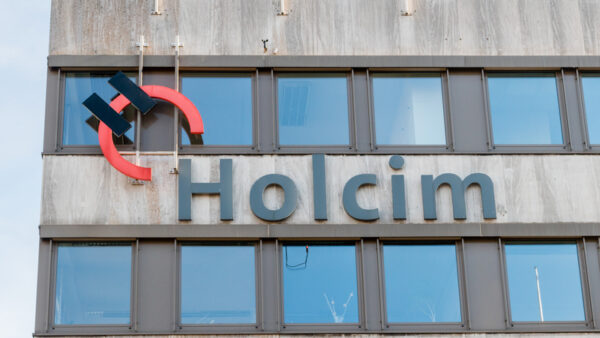
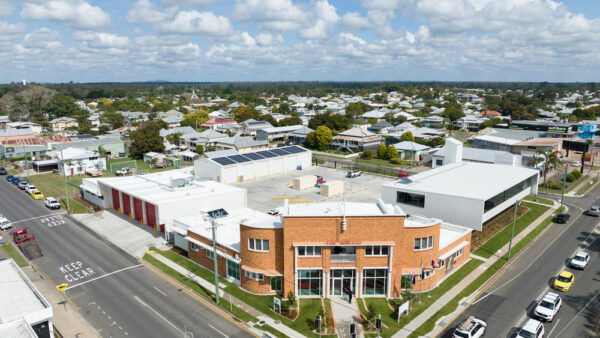
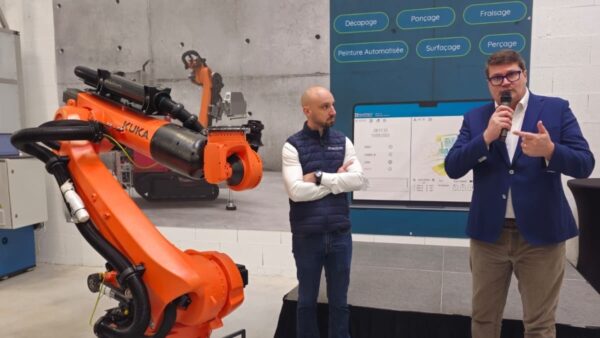
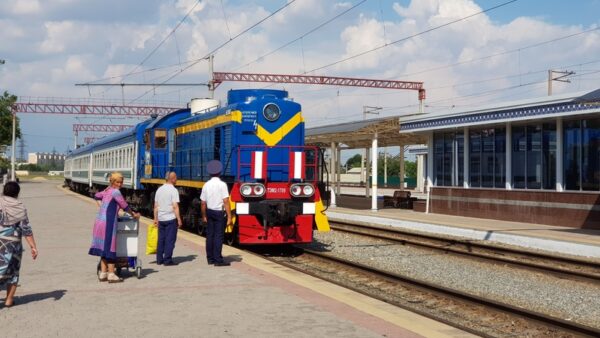
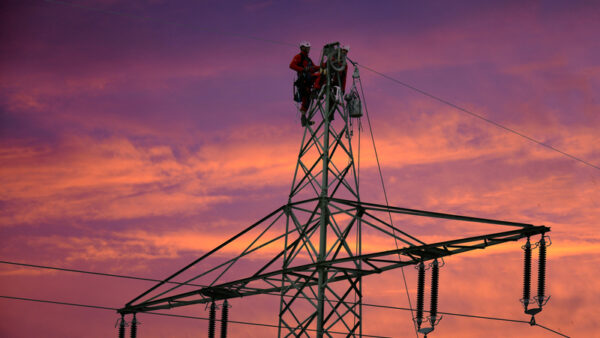
Not sure how the costs of this compare to using local semi-skilled labour, of which there is no shortage in Africa. Still need to lay the foundations and construct the roof.